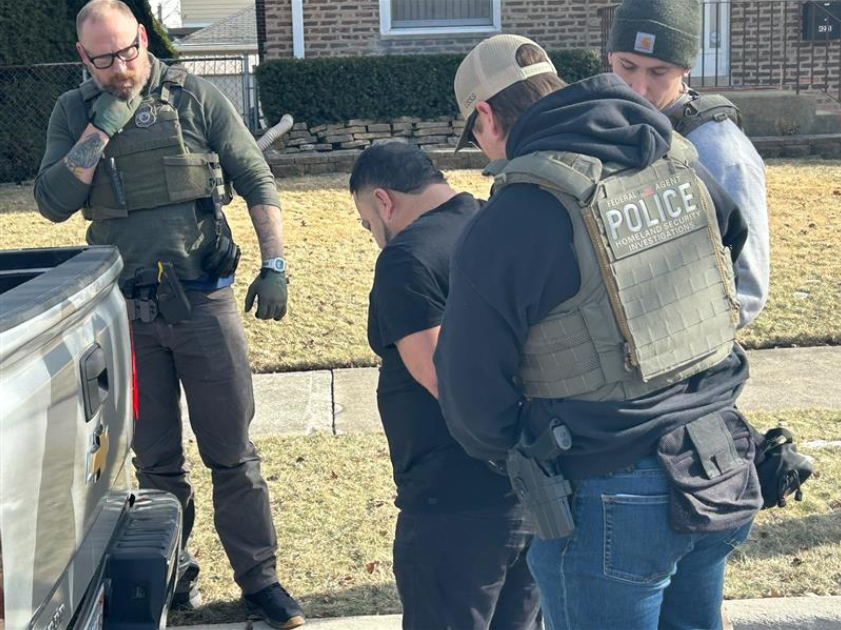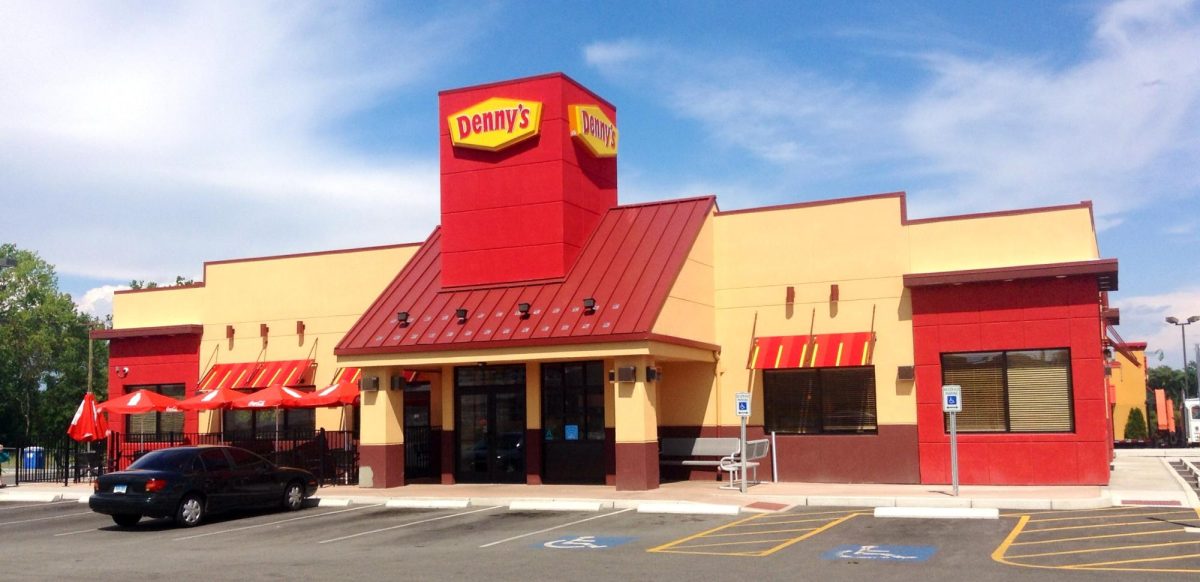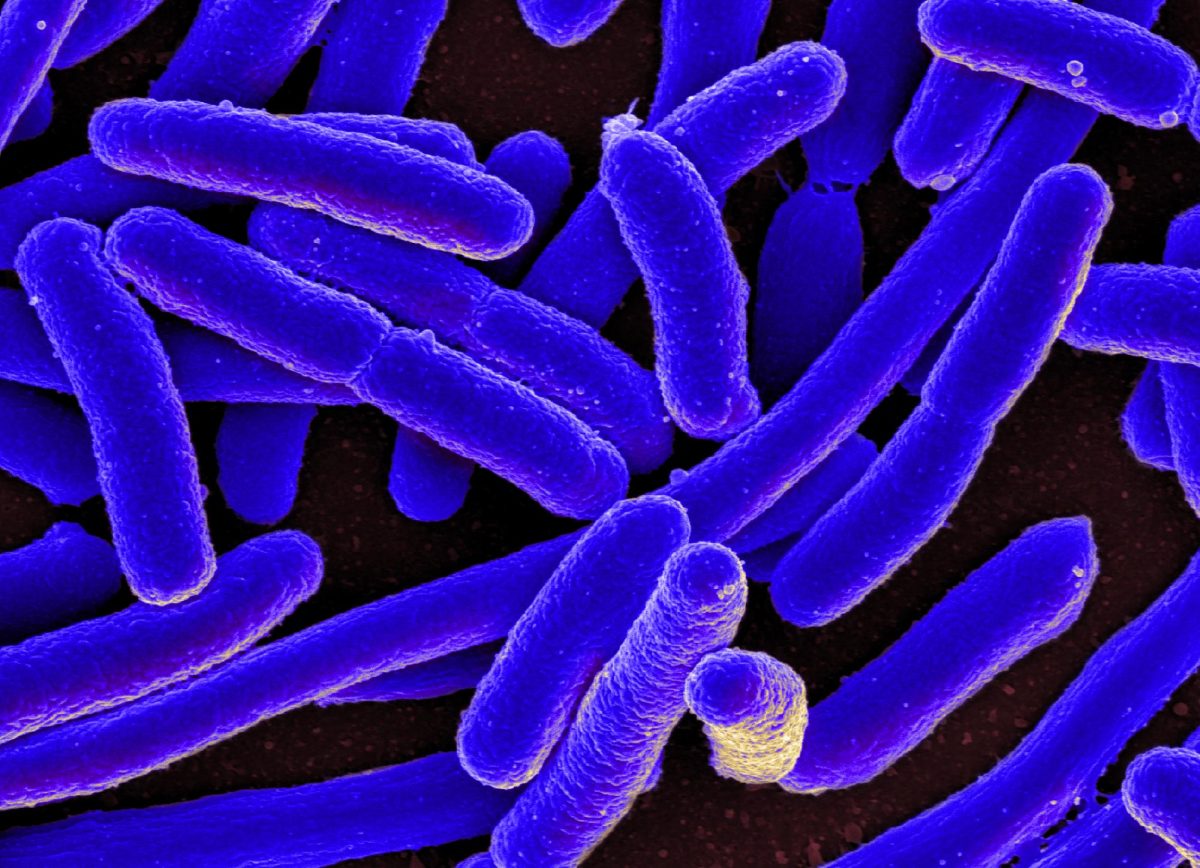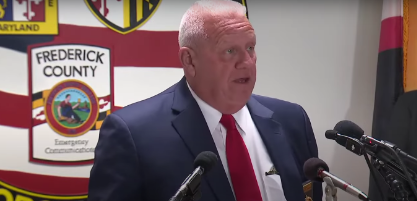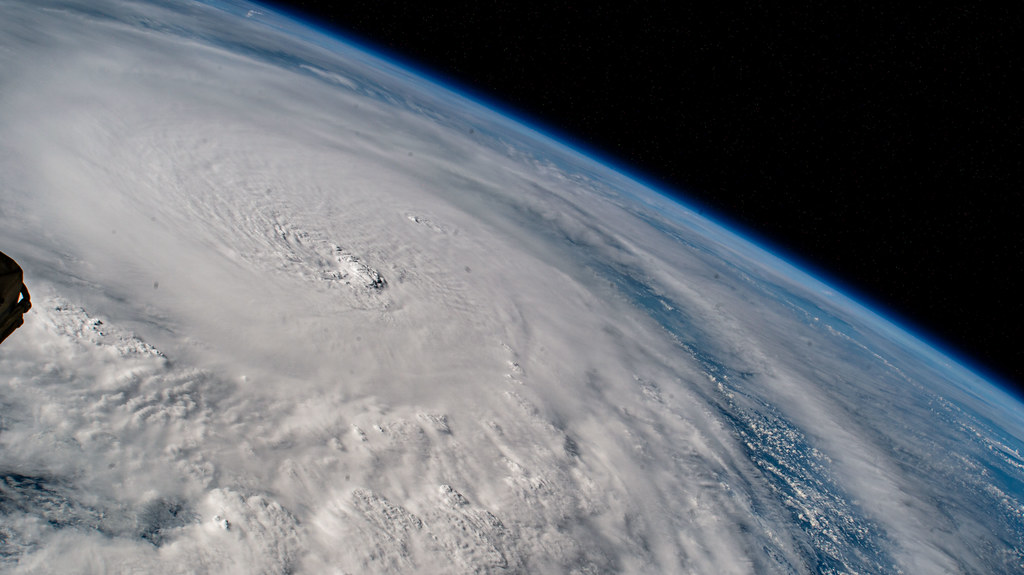A very powerful and devastating hurricane that began in the western Caribbean Sea on October 5th. The Hurricane eventually made landfall near Siesta Key, Florida on Wednesday night, October 9th, starting as a category 3 storm. Within just a day it was declared that Hurricane Milton would turn into a category 5 storm.
More than 3 million homes and businesses have lost power. The storm triggered tornadoes across southern Florida that contributed to the destruction. Major flooding occurred on both coasts, and recovery efforts are ongoing. Sarasota County saw storm surges of up to 10 feet of flooded water. A swirl began to brew in the Gulf of Mexico around October 4 as the remnants of the East Pacific’s Tropical Depression Eleven-E passed northward from the Gulf of Tehuantepec into the Bay of Campeche. As it traveled through the Gulf of Mexico it continued to gain strength, eventually hitting the coastal bay of Florida.
Hurricane Milton caused significant damage across Florida, leading to loss of life, widespread power outages, and severe flooding. While the storm weakened after landfall, its impact was widespread, affecting millions of residents. Recovery efforts continue, with the focus on restoring power, repairing damaged infrastructure, and addressing ongoing flood risks.
Despite the destruction it caused in Central Florida, Hurricane Milton was not as destructive as expected, FEMA officials said. Hurricane Milton eventually barreled towards the Atlantic Ocean last Thursday. After plowing through Florida and the Carolinas, and knocking down power lines and homes, Milton is now considered a tropical storm in the middle of the Atlantic Ocean unable to cause more damage.
